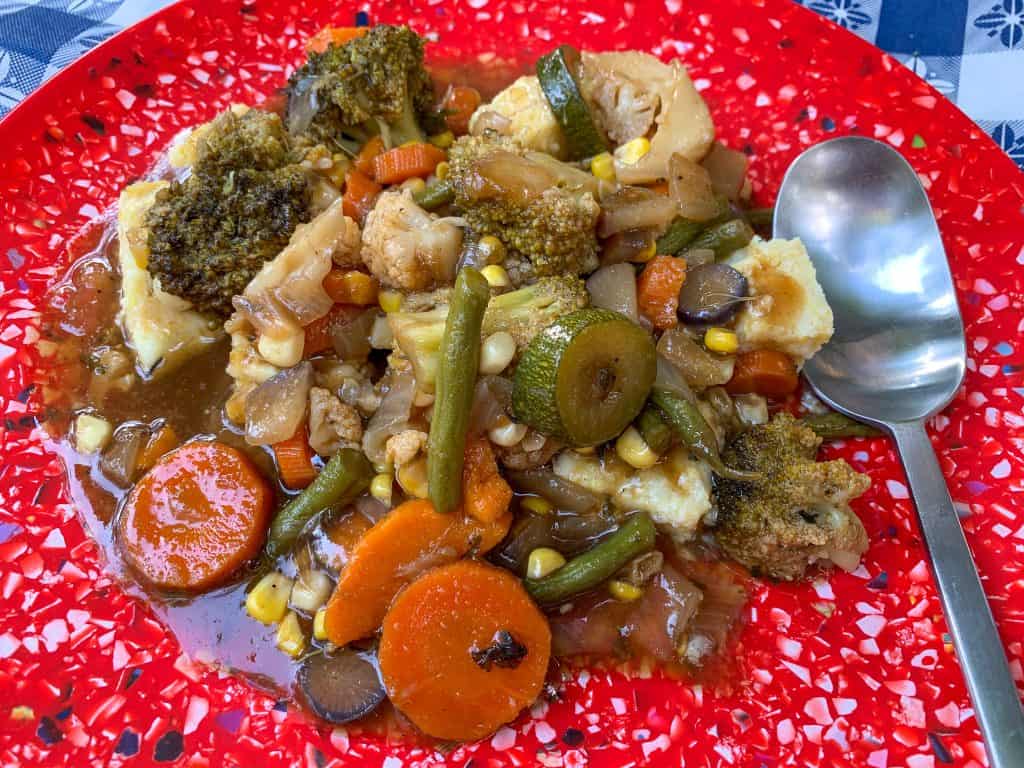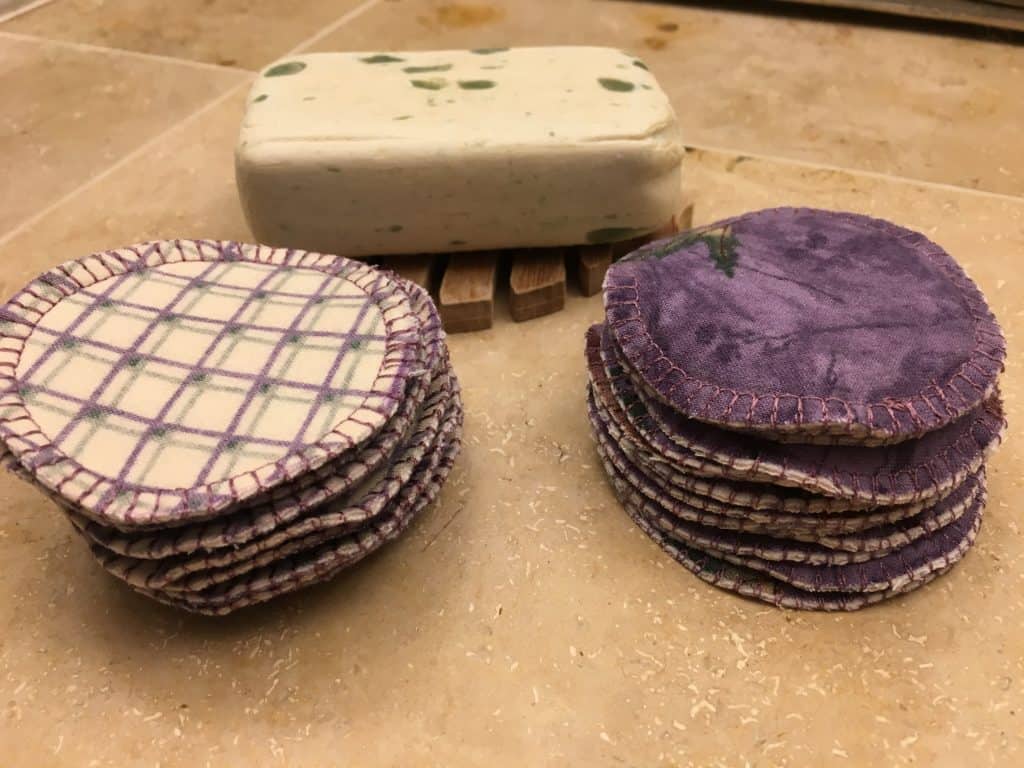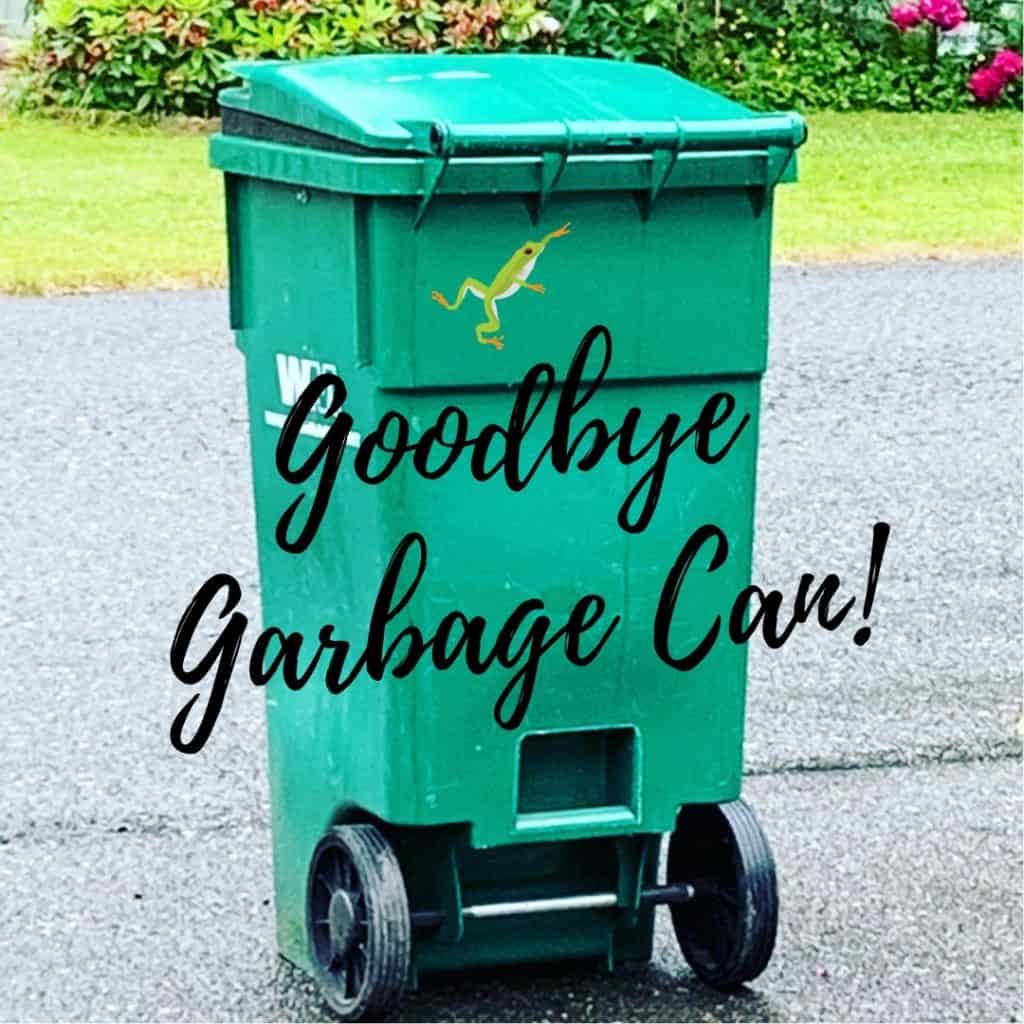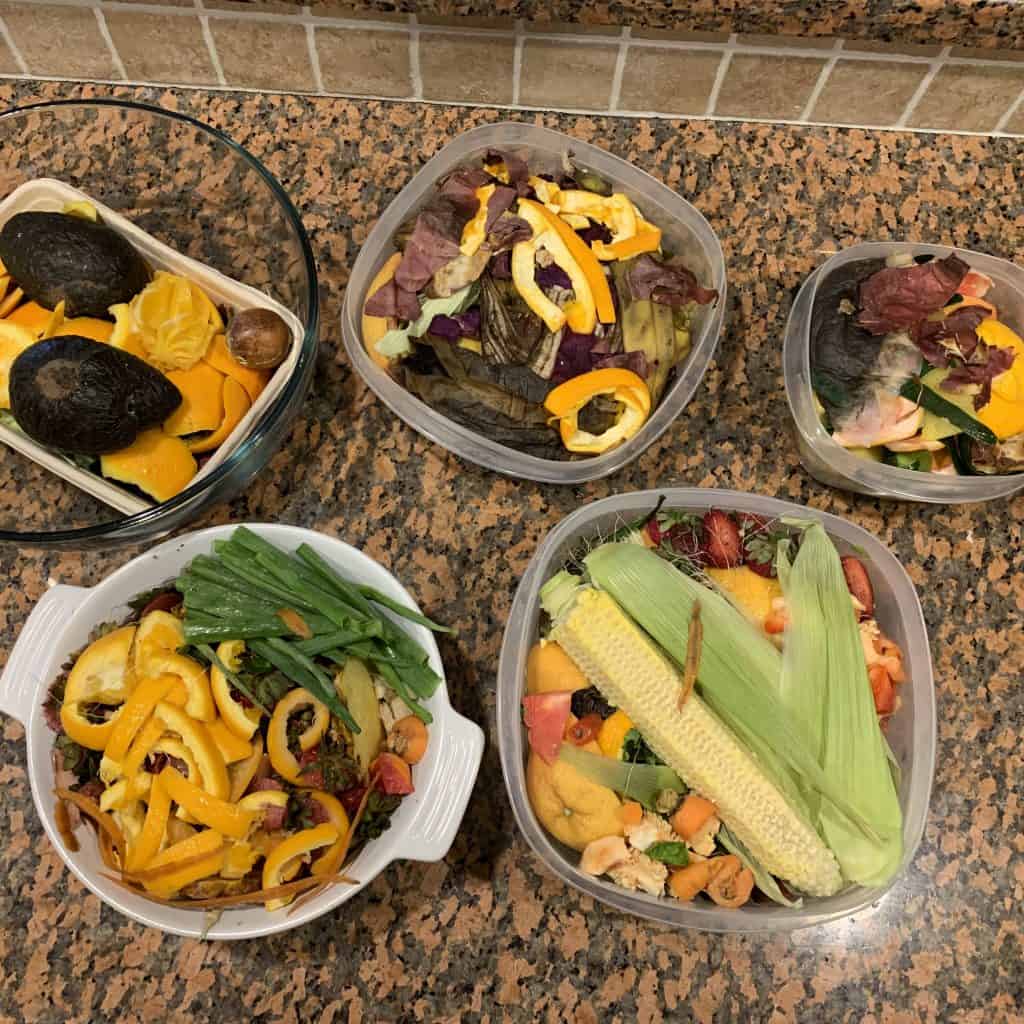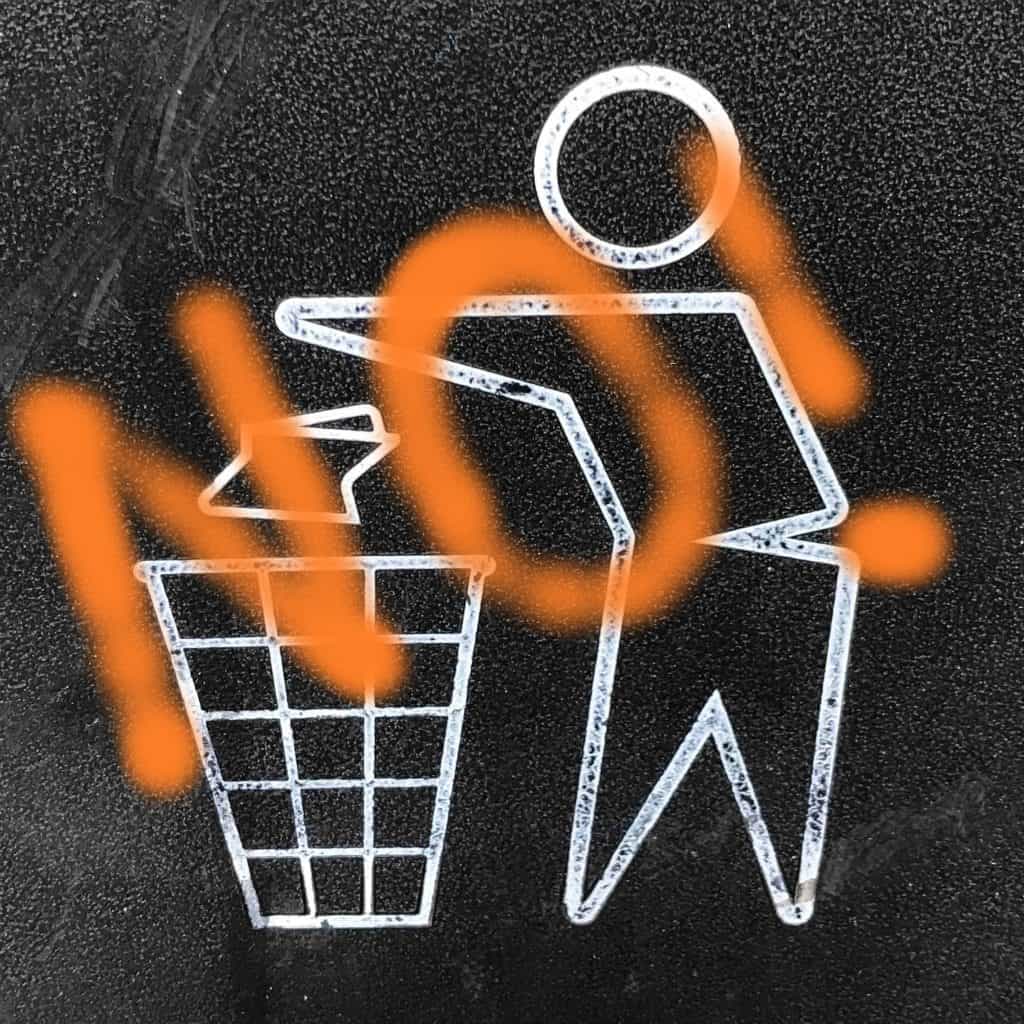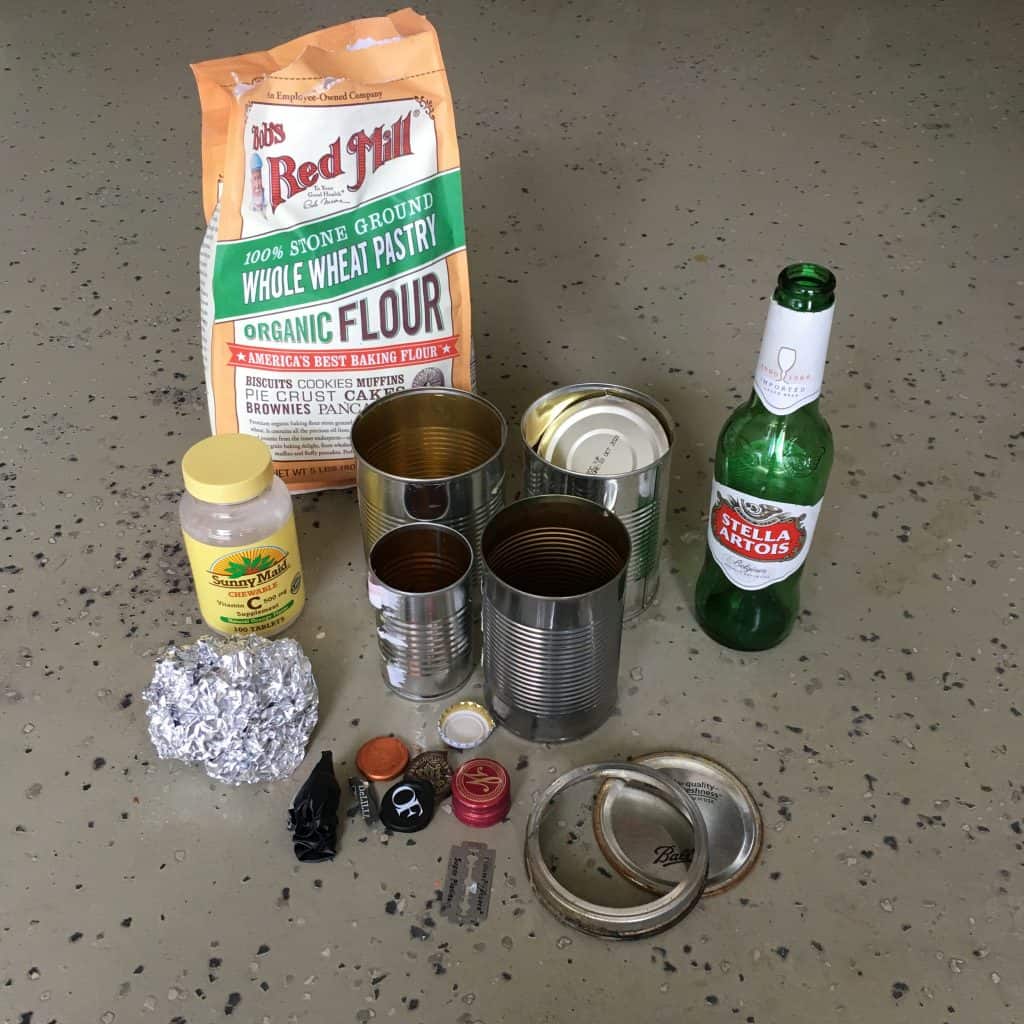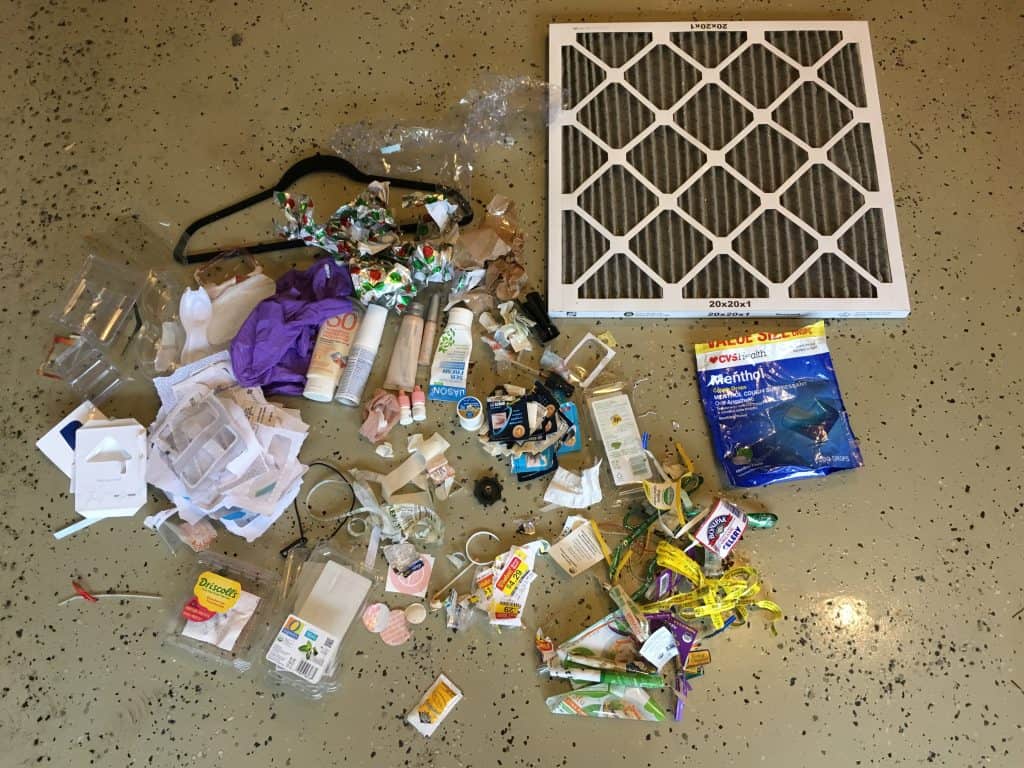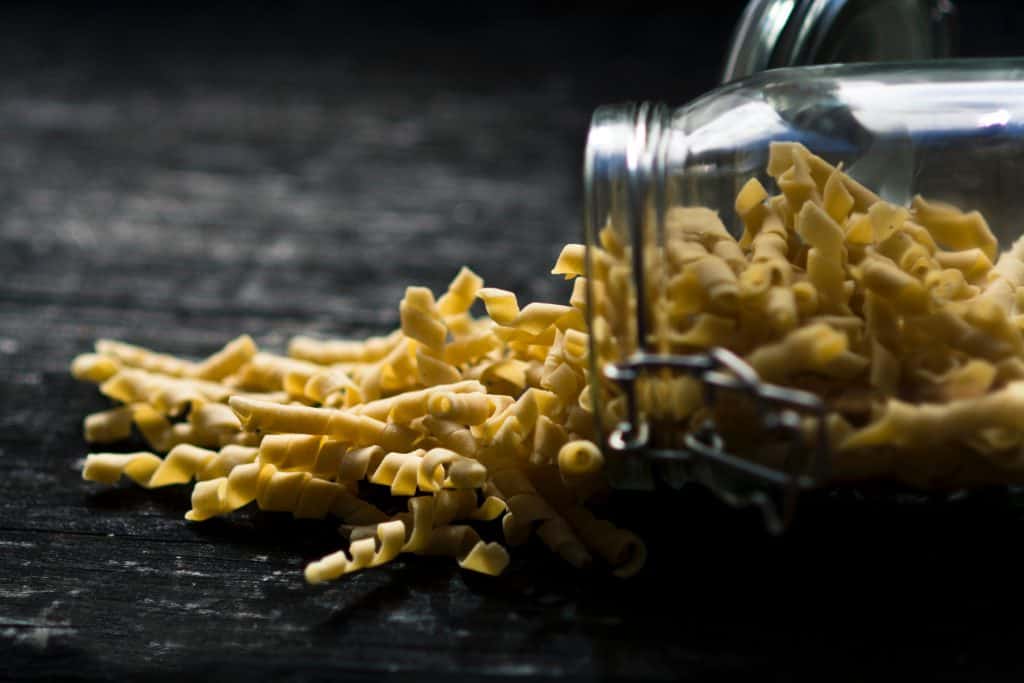Going Zero Waste, Part 1

I want to share with you my journey in my relationship with garbage, how it has changed over the years, and what I am doing now. It is a continuum, a learning curve, and a paradigm shift over the years as I have learned really what happens to garbage and recycling (just more garbage). My goal is to share with others what I have learned, what I’m changing, and that the journey to zero waste is challenging, rewarding, humbling, and an imperfect process. I may not ever get to zero waste, but I’m sure working to reduce our waste to tiniest amount we can actually achieve, and that’s awesome.
Nine years ago I embarked on a journey to reduce trash at my house. It wasn’t necessarily due to a desire to reduce my carbon footprint or save the planet, I was newly divorced and trying to find ways to save money. Garbage was expensive, buying brand and packaged items was expensive, so I thought I’d try to find ways to reduce all that and shrink my monthly expenditures.
I was very successful in reducing my commercial garbage pickup costs. In fact, the first thing I did was to cancel garbage service altogether…before I really figured it all out. Fortunately, I lived in an unincorporated area of the county and was not required to have garbage service, so I actually could cancel it, but not every place allows that. I could do this because I lived just a couple miles from a regional garbage transfer and recycling cycling center that allowed self-hauling of garbage and recyclables.
In order to self-haul my garbage and recycling, I had to sort all my refuse and I mean down to the brown glass from green glass from clear glass, batteries, pop cans, tin cans, etc. So I bought some handy stacking bins and turned an area of my garage into my refuse sorting area. Non-recyclable trash went into a big garbage can and food waste all went into a big compost bin I built in my garden. Being vegan, there was no food waste in my garbage as I could compost any food waste I had, so my garbage didn’t stink. I stored up all my sorted (sordid?) trash until the bins were full, then loaded them up in my utility trailer and took them to the transfer center. Recycling was free to drop off, so that went first, then I took the generally single bag of trash (non-recyclables) I had to the garbage side, paid the minimum weight fee of $17 and dumped that. It took seven months for me to acquire enough refuse to make a run to the transfer station, effectively cutting my annual garbage bill from $450 to $30. That made this single gal very happy indeed!
Besides reducing my garbage bill, I also decided to make my own cleaners. My mom was a great resource as she was working on a volunteer project with the health department in her town to teach people how to reduce indoor air pollution, so I got recipes from her as well as researching online. I made my own laundry detergent, cleaning spray, linen spray, dishwasher detergent, etc. for pennies on the dollar spent on commercial products.
The final step was reducing trash when purchasing things I needed from the store. There were several facets to this. Being in a metro area, I had access to some stores that had a large amount of bulk bins. I changed to reusable grocery bags, acquired mesh produce bags when I realized just how many plastic produce bags were filling my non-recyclable garbage bag, and filled these up with things from the bulk bins. Being a canner, I had a mass amount of canning jars and used those to store these things in my pantry. I grew my produce, canned and froze what I needed for winter, and shopped at local farmers markets for items I didn’t grow myself.
I felt pretty dang good about myself! And I saved a good chunk of change that made single life easier.
And then I met Alan, retired, and moved up to live with him. This changed things because now I lived in an area where we were required to have municipal garbage service. And we lived in a condo that didn’t allow for a big compost bin on the back patio (plus we had bears). Furthermore, we didn’t have room in the garage for my garbage sorting activities and the transfer station was miles and miles away. Talk about making a girl sad… However, I did things to help reduce our garbage bill. I called our garbage service and got a smaller sized garbage can, got a larger recycling bin, and signed us up for the smallest yard debris container available so we could send our food waste to compost instead of tossing in the trash. That third step, the yard debris container, turned into a disaster. We put our food waste in it, set out the can diligently the night before garbage pickup day, and week after week the garbage hauler failed to pick it up. We called every week, they accused us of not putting it out on time, but in the end, it turned out that being the ONLY yard debris container on a dead-end street in a condo complex, they just wouldn’t come down and pick it up. It literally turned into a rotting, stinking mess and we had them take it away permanently, which infuriated me.
We have since moved out of the condo and still have garbage service, but now the garbage hauler picks up our yard debris container weekly. We have downsized our garbage can to the smallest size and they have out a 20-gallon insert inside, but we don’t even come close to filling that. We usually have about 2-4 cups of trash a week, and as we are learning, we can do better. We’d prefer that they only pick up our trash once a month, to reduce cost, but they don’t have that as an option. But, I have just learned that garbage service is not mandatory where we live now, so in theory, we could get to the point where we can shut that off and take what little we accumulate to the transfer station ourselves, much like I did when I lived alone. We have the largest size recycling bin which is picked up every other week and large yard debris container that is picked up every week, but are making steps to reducing those. Our goal is to compost more at home and have less waste to put in the recycling bin, thus just keeping a small recycling service and stopping garbage and yard debris.
Alan and I have been really proud of our waste reduction, really proud! Our garbage can was nearly empty every week and our recycling bin full of paper and recyclable containers. But then two things happened: The Seattle Times reported the reality of our paper recycling and we attended a Seattle Zero Waste event and learned the actual recyclability of the things we put into our recycling bin.
The Seattle Times articles (Oct. 30, 2017 and Mar. 29, 2018) were shocking! Turns out, all the paper we have been putting into our recycling bin had been shipped to China (we thought it was recycled here in the US and even locally). But what’s worse, is that because our paper recyclables are so soiled, China won’t even accept our paper recycling anymore and the paper we have been sending off in our recycling bin has been going to the dump, not recycled at all! We were horrified and realized we hadn’t been paying attention to what happened to our waste once it left our bins.
Then we learned the truth behind plastic recycling. Of all the plastic that is sent to recycling, only about 9% of that is actually recycled, the rest is put in the dump (see this National Geographic article). And if the plastic is recycled, it is made into products that aren’t even recyclable in the future, such as plastic furniture. Like paper, plastic recyclables are sent to China where air quality standards are not as stringent, allowing fumes from plastic incineration and processing into the atmosphere (more info here). The oceans are becoming full of plastic, a material that we guess will take over 400 years to degrade, in fact NOAA reports there are multiple “islands” of plastic floating on Earth’s oceans. The World Economic Forum predicts that by 2050 plastic in our oceans will outweigh the fish population, if we keep our current rate of consumption.
Talk about popping our bubble of thinking we were doing the right things! Turns out, simply recycling materials is not the answer, there’s more to the solution than that. Zero Waste principles, the 5 R’s, look at other means of waste reduction, putting recycling low on the list:
- Refuse
- Reduce
- Reuse
- Recycle
- Rot
- Replace
- Repair
- Rely
Do you like this post? Please share....
If you liked this post, you might like one of these:
Categories:
Tags:

[Trī-māz-ing]
Cindy wants you to be Trimazing—three times better than amazing! After improving her health and fitness through plant-based nutrition, losing 60 pounds and becoming an adult-onset athlete, she retired from her 20-year firefighting career to help people just like you. She works with people and organizations so they can reach their health and wellness goals.
Cindy Thompson is a national board-certified Health and Wellness Coach, Lifestyle Medicine Coach, Master Vegan Lifestyle Coach and Educator, Fitness Nutrition Specialist, Behavior Change Specialist, and Fit2Thrive Firefighter Peer Fitness Trainer. She is a Food for Life Instructor with the Physicians Committee for Responsible Medicine, Rouxbe Plant-Based Professional, and Harvard Medical School Culinary Coach, teaching people how to prepare delicious, satisfying, and health-promoting meals.
She provides health and lifestyle coaching at Trimazing! Health & Lifestyle Coaching. Cindy can be reached at info@trimazing.com.
Subscribe to the Trimazing Blog
Receive occasional blog posts in your email inbox.
Subscribe to the Trimazing Blog
Receive occasional blog posts in your email inbox.




